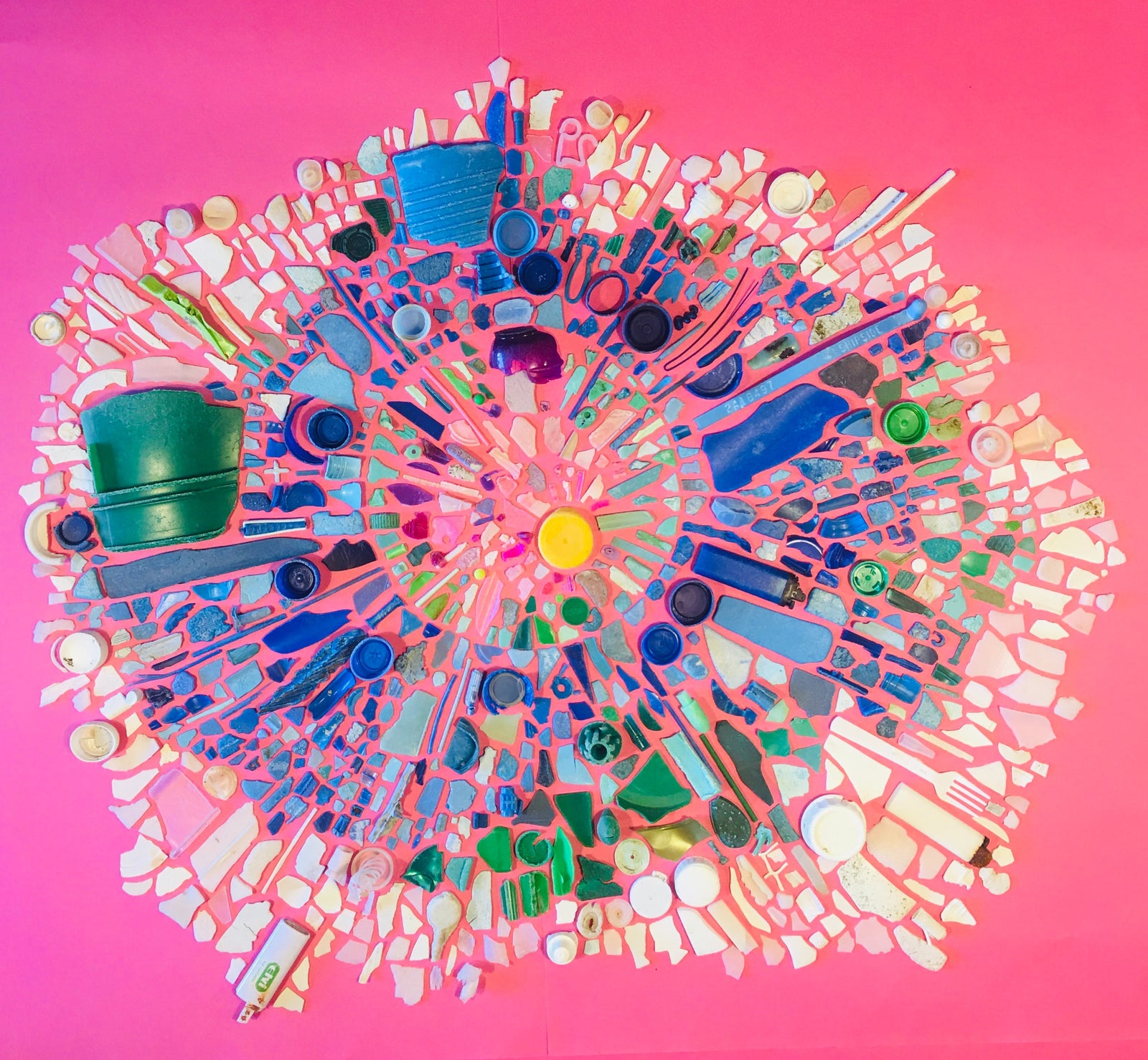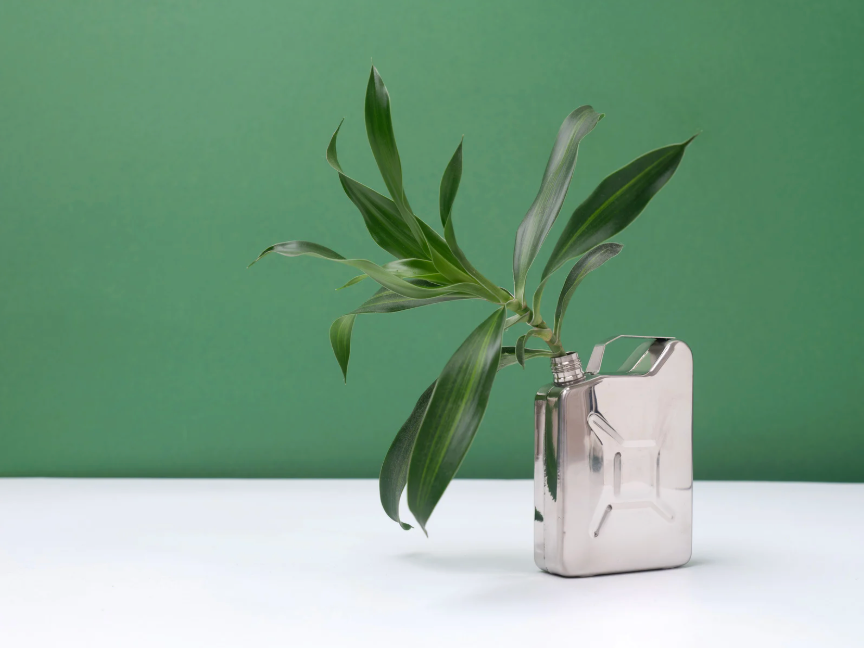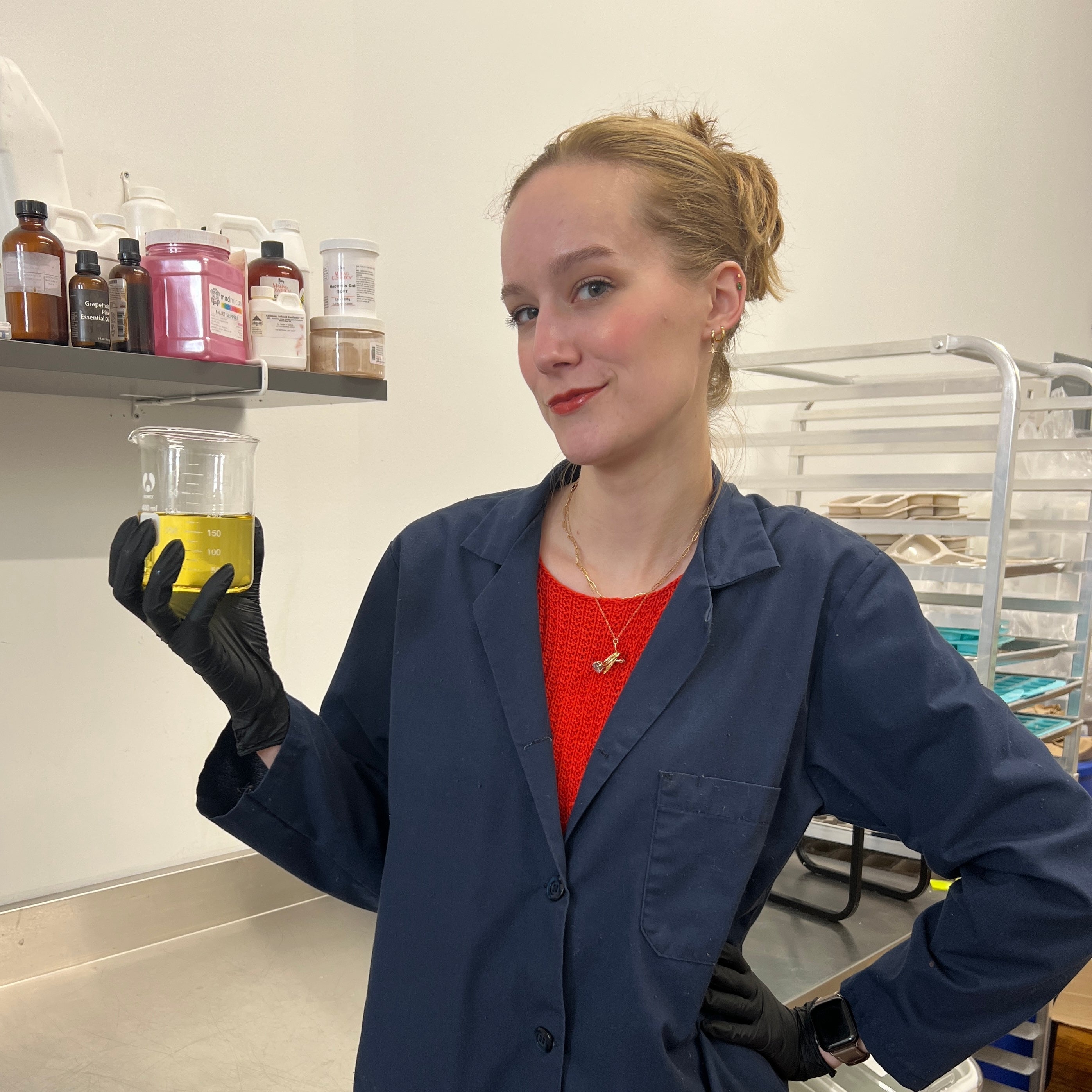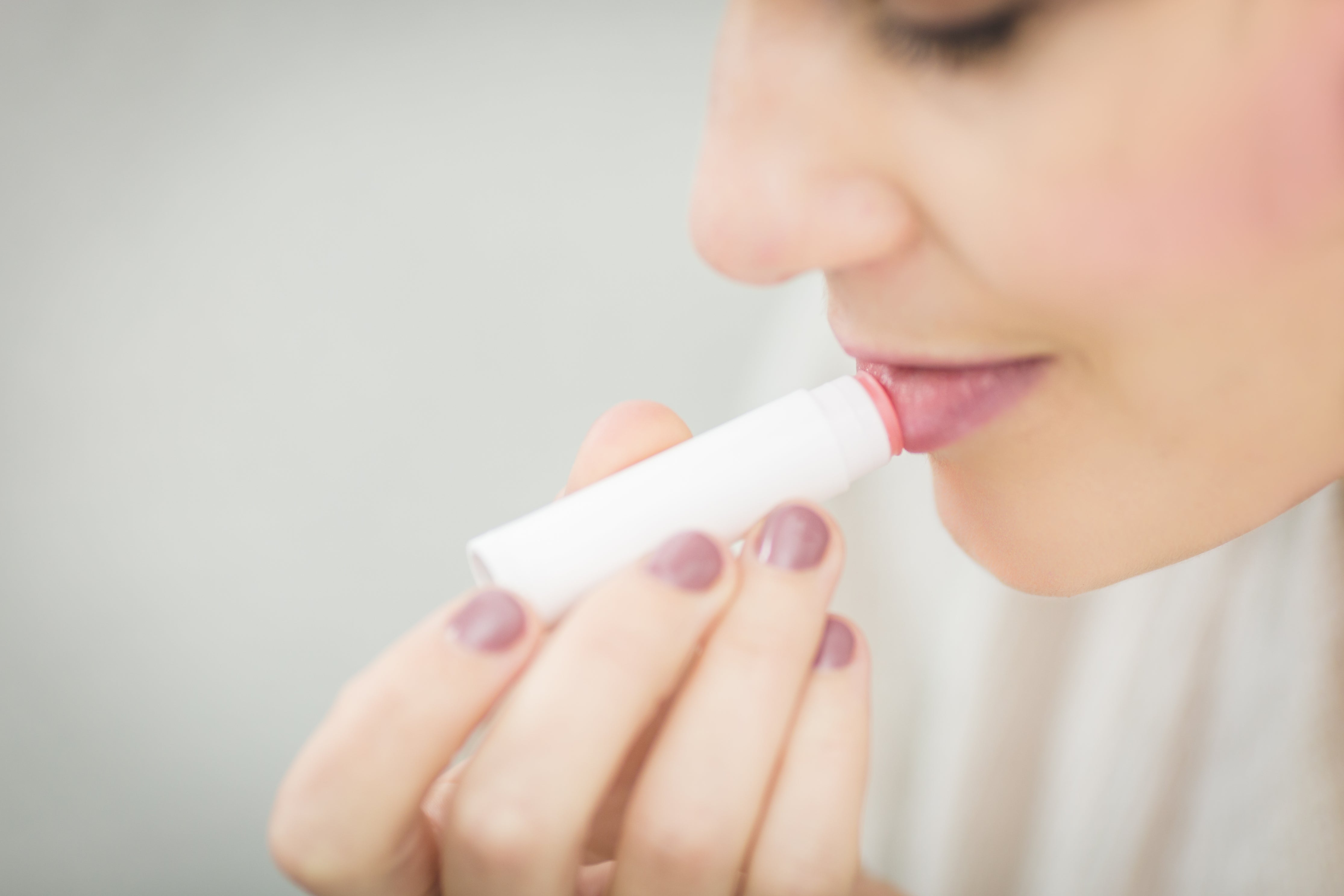Plastic Waste and Environmental Impact of the Beauty Industry

Bottles of pinks and purples and flowery scents emitting right out of the plastic bottles might look like a rainbow dream when they are organized neatly on drugstore shelves, but the cavernous environmental footprint the cosmetics industry leaves in its wake isn’t quite so glamorous.
In reality, the beauty industry has some ugly truths they are hiding behind swaths of glitter and pretty packaging. In fact, that pretty packaging is a frontrunner in the environmental impact of the cosmetics industry.
How much waste does the beauty industry create?
It’s estimated that the global beauty industry produces more than 120 million units of packaging each year, and packaging accounts for 70% of the industry’s waste. Just in the U.S, 7.9 billion units of rigid plastic were created for the cosmetic industry.
You might be thinking the recycling programs we’ve got going are our savings grace here, but it’s not quite that simple.
How much plastic from beauty products is recycled?
Here’s the rub: the idea of recycling all our plastic is kind of a sham.
As much as we commend every bit of elbow grease put into scrubbing out plastic containers to recycle, unfortunately only about 9% of plastics actually get recycled, according to the EPA.
Given the hard-to-clean design of tubes and dispensers along with the various types of plastic - which may be hard or impossible to recycle - of many beauty products, we expect that number to be even lower for cosmetics overall.
The UN Environment Programme states, “If current levels of consumption continue, there will be 12 billion tons of plastic in landfill, equivalent to 35,000 Empire State Buildings.”
Ouch.
Microplastics, Microbeads, and Glitter
It’s not just the big bottles creating problems either. Small plastic tidbits are also contributors to a very big problem indeed.
Microplastics
The NOAA defines microplastics as “small plastic pieces less than five millimeters long which can be harmful to our ocean and aquatic life.” They are often the result of plastic waste being broken down into smaller and smaller pieces over time.
Microplastics can come from many sources including typical garbage, synthetic fabrics, glitter, and more. Microbeads and glitter are types of microplastics often used in the cosmetics industry, but they can also be the result of packaging breaking down over time.
These tiny particles can easily pass through the water filtration system and pollute our waterways and oceans. If they are in any way consumed, they can pass through the GI tracts of organisms and expose them to high concentrations of toxins. This definitely affects our aquatic animal friends, but it affects us and other land animals too.
Microbeads
Plastic pollution doesn’t stop with the packaging of beauty products. Plastic finds its way into our actual products too, such as with microbeads.
Microbeads are small plastic pieces commonly used in body scrubs and other exfoliants. These microplastics get washed directly down our drains and easily find their way into our waterways.
Although microbeads were technically banned in the U.S. in 2015 and then in 2018 in the U.K, the results are still a bit murky. Truthfully, there are just too many loopholes and not enough regulation to know if companies are really honoring this ban or just finding ways around it while still contributing to microplastic pollution.
Glitter
Conventional glitter is essentially just little pieces of sparkly plastic. It’s often made from a combo of aluminum and polyethylene terephthalate (PET), and as you can imagine, it sparkles all the way down our drains and into our bodies of water the same as any other microplastic.
It’s best to avoid synthetic glitter altogether, but you’ll have to carefully check the ingredient lists because it can be hidden in cosmetic ingredients under unfamiliar chemical names such as:
- Polyethylene terephthalate (PET)
- Polyurethane-11
- Polyurethane-33
- Nylon-12
- PVP
Have plastic beauty containers? Here's how to recycle/dispose of them
The first step to figuring out how to properly recycle your beauty product containers is to check your local recycling laws, because recycling varies by county. RecycleCoach and How2Recycle are great resources for this!
Generally speaking, #1 and #2 are recyclable plastics that are widely accepted in curbside recycling programs. You can look on your packaging for the chasing arrow icon and it should have a number inside to indicate the plastic type.
Unfortunately, small packaging or components usually can’t be recycled such as loose caps, plastic lip balm tubes, plastic mascara tubes, etc.
You can also look for alternative recycling programs that might be available near you or for mail in. Many brands have their own send-back programs so check the company's website or contact them directly to see if they offer this kind of service.
Other great programs are TerraCycle’s Personal Care & Beauty Recycling Program and Nordstrom BeautyCycle.
How you can reduce waste from beauty products
Not all hope is lost though! There’s so many ways you can reduce your own plastic waste when it comes to your beauty routine.
Look for sustainably packaged alternatives to conventional makeup and skincare brands that use plastic. Zerra & Co. sells all the usual makeup and skincare essentials you’re used to, but with little to no plastic. Here are some customer favorites:
- The Mascara in Zero Waste Packaging comes in a glass tube with a metal lid, along with a reusable bamboo spoolie. Or you can forfeit the spoolie and clean and reuse one of your own!
- Our Eyeliner is zero waste too! It comes in a glass pot with a metal lid, along with a bamboo brush. You can also skip the brush and reuse your own.
- The Mineral Powder Foundation is packaged in a 100% plastic free, recyclable paper container! There are currently 16 shades available.
- For eyeshadow, we offer the refillable paperboard Neutrals Palette along with Loose Mineral Eyeshadows which come in glass pots with bamboo lids.
- For a simplified, low waste skincare routine, try combining our Gel Face Wash, Botanical Toner, and Daily Face Moisturizer. If you’re looking for a full routine, check out our entire line of sustainable skincare.
Another way to reduce waste is to look for products that are multi-use. Try a “less is more” approach and look for simple products that you can use for multiple purposes. A good example of this is our Tinted Lip Balm, which has multiple uses beyond just a lip tint!
Plastic waste can also sneak into online orders even when you are buying sustainable products, so look into shipping practices when buying online. Zerra & Co. always ships plastic free and carbon neutral!
Overall, remember the 4 R’s: Reduce, Reuse, Recycle, and (perhaps most importantly) Refuse. Vote with your dollar and skip out on the companies that are contributing to so much plastic waste in the cosmetics industry when you can.








